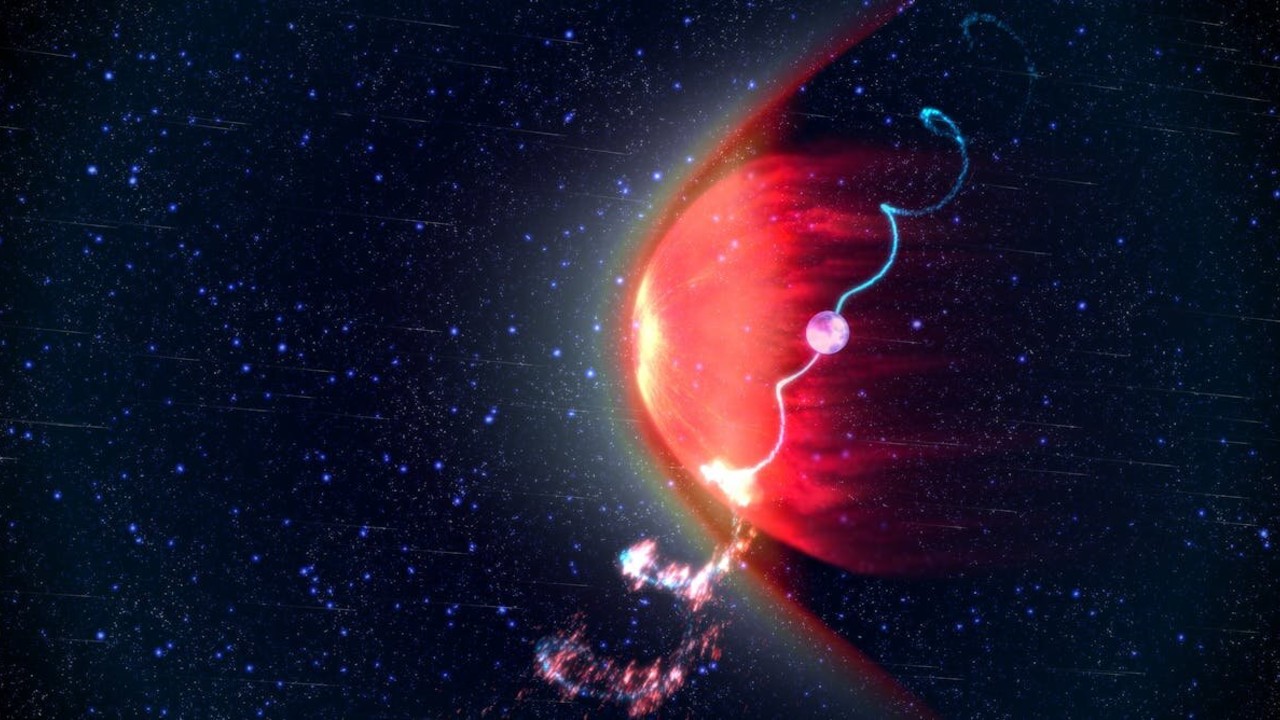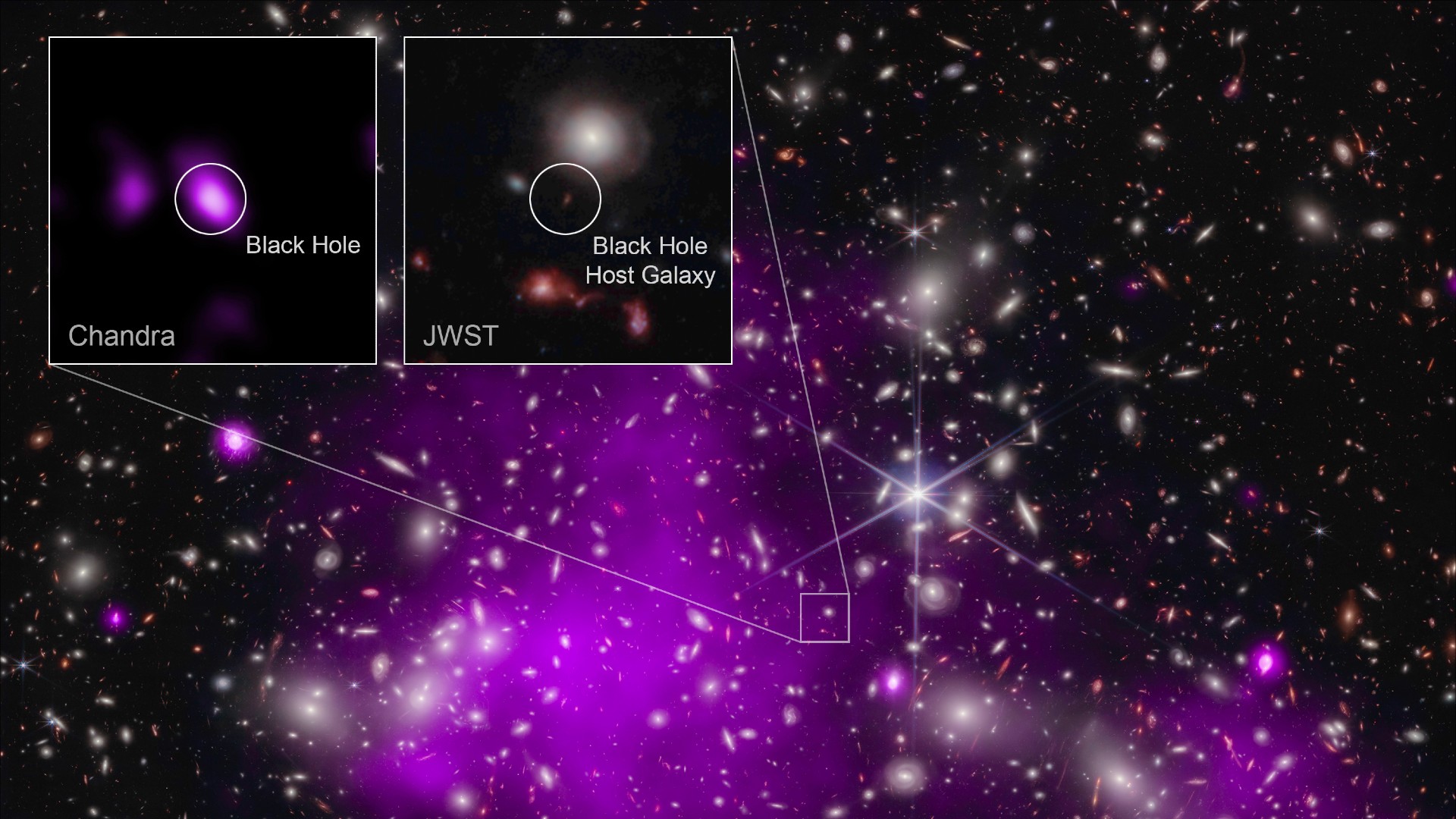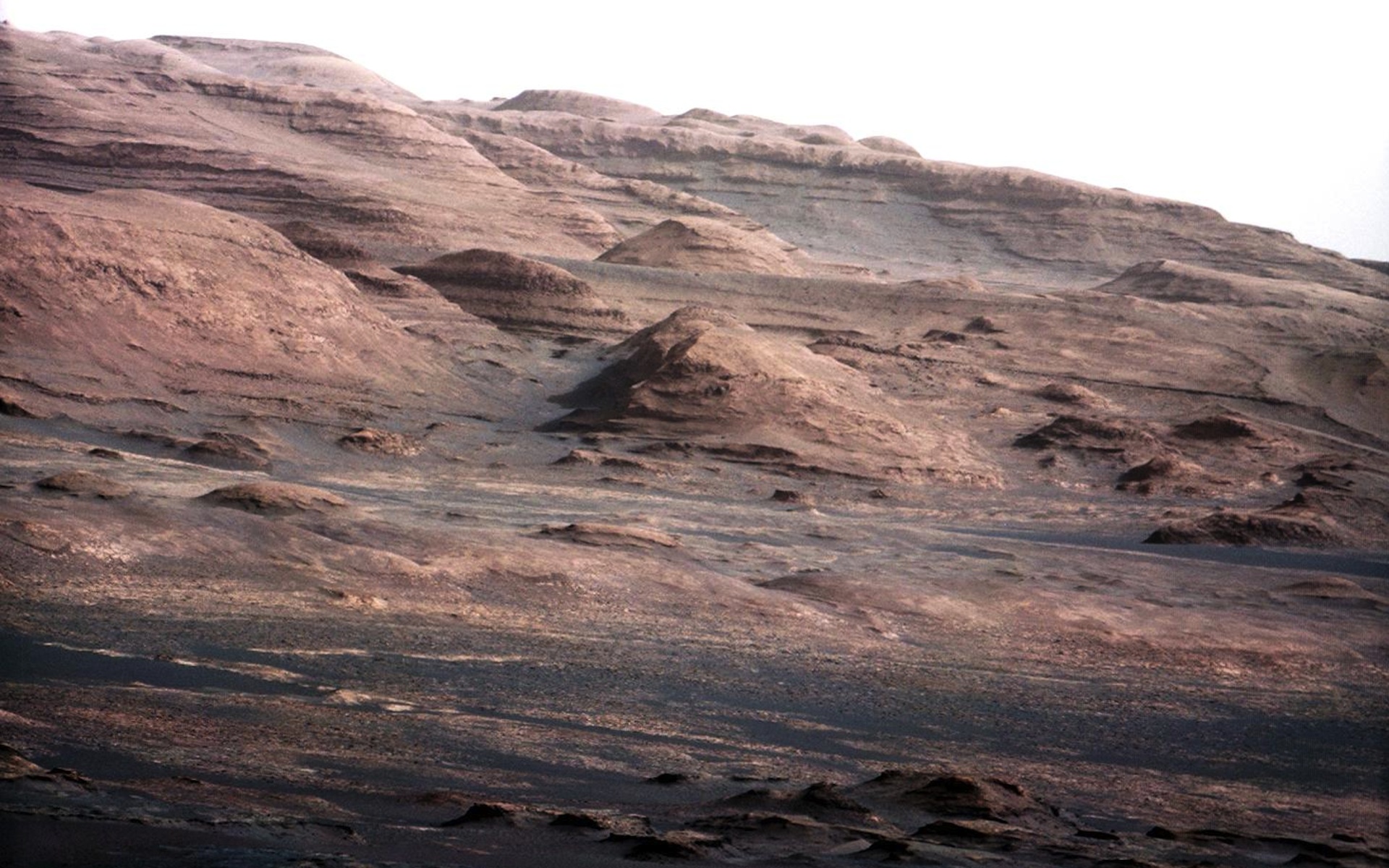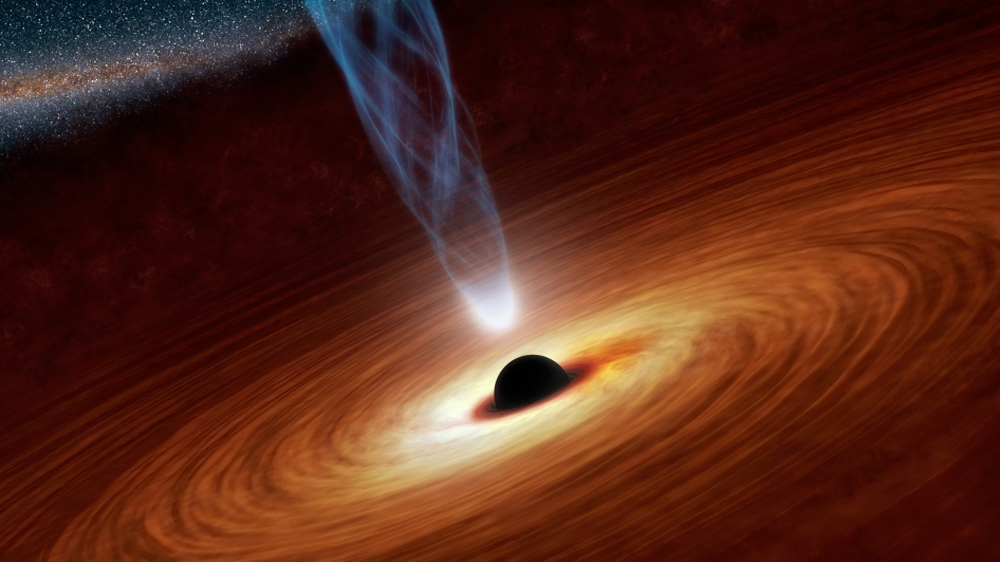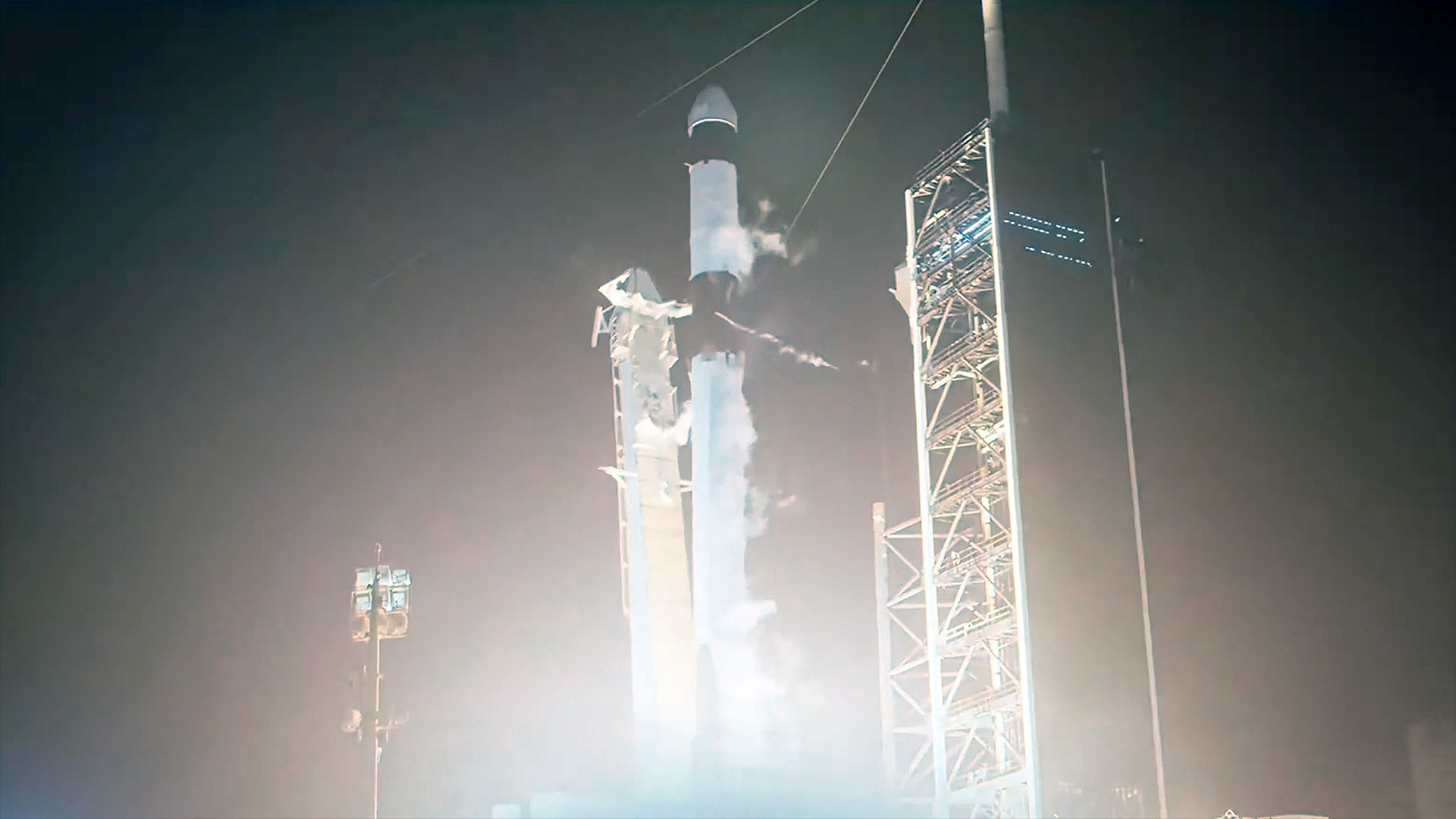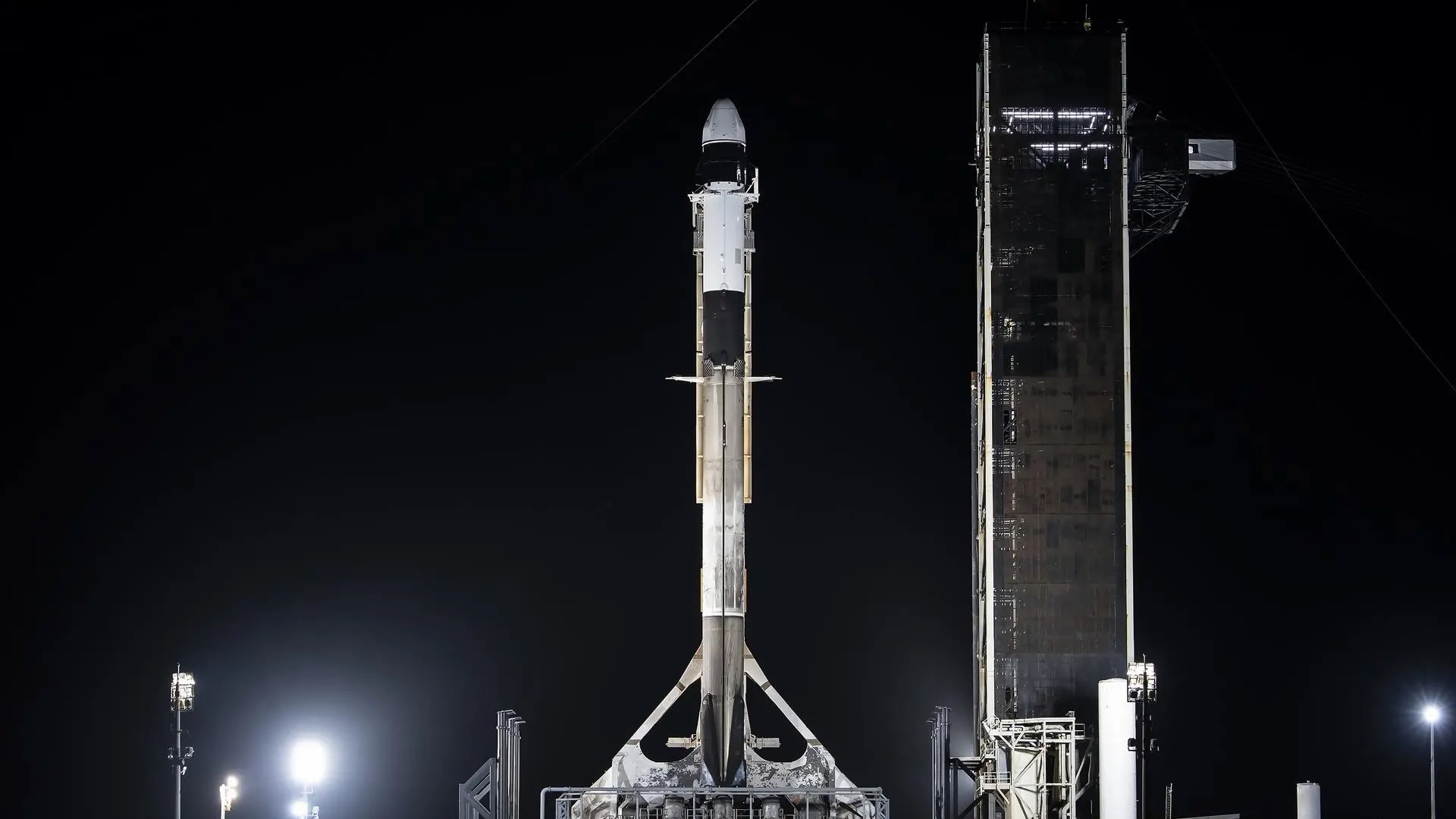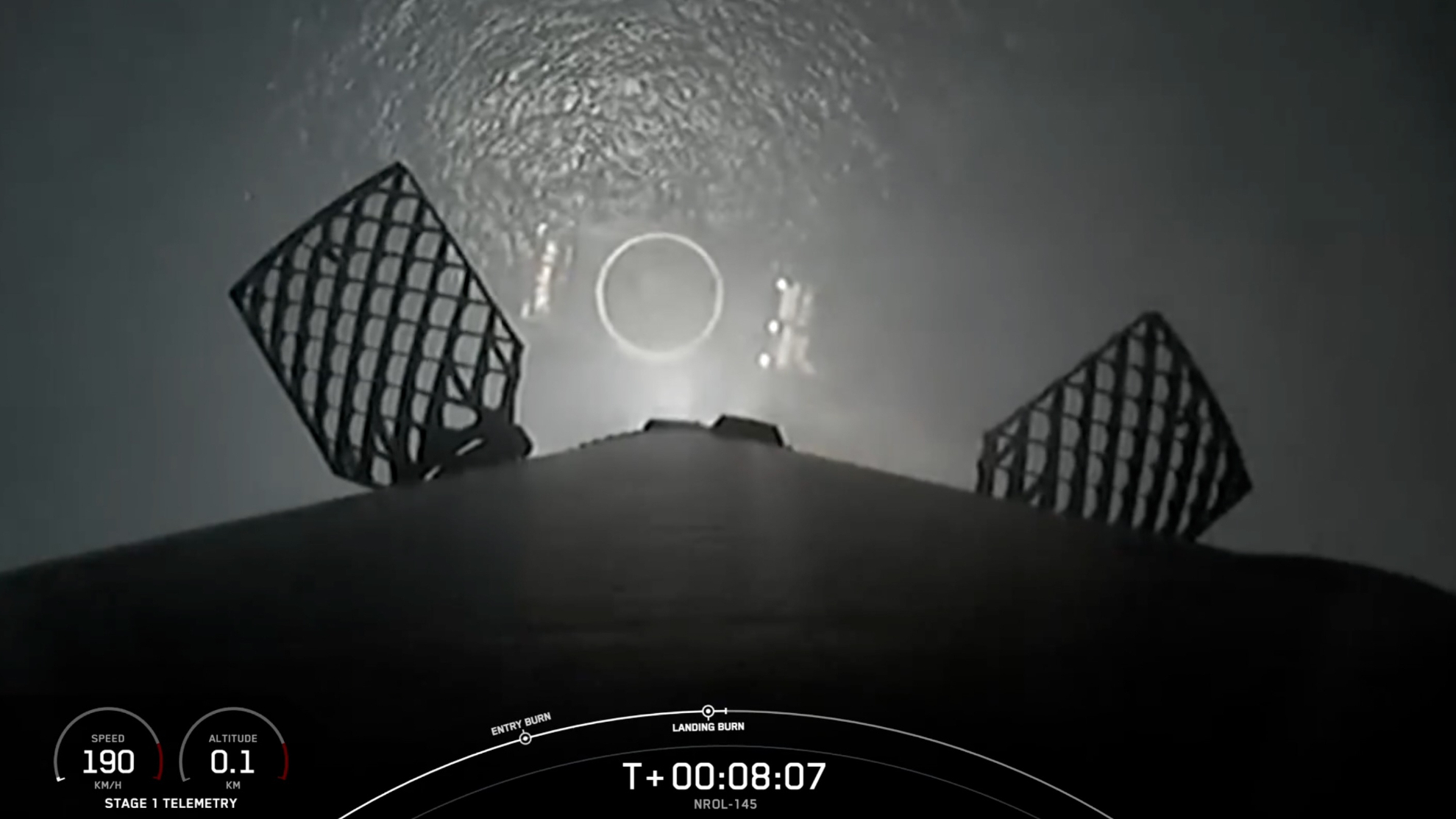Blue Skies Space to build satellite fleet around the moon to map the ancient universe
A fleet of cubesats will act as a radio telescope to map the cosmic Dark Ages, its builders say.
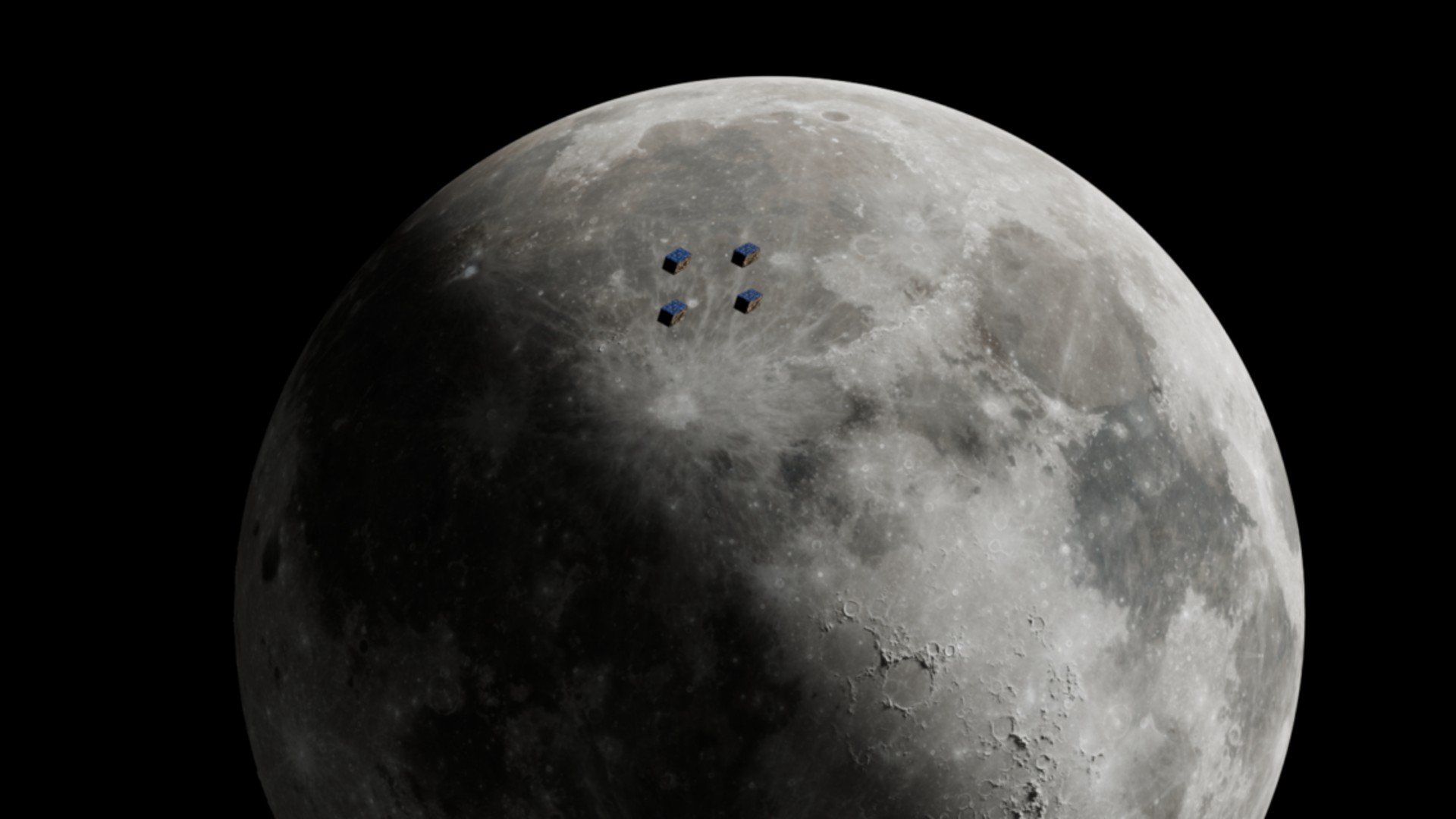
The Italian Space Agency has picked European company Blue Skies Space to build a fleet of satellites around the moon to map the ancient universe.
Blue Skies has partnered with another space company, OHB Italia, to build the satellite fleet, called RadioLuna, which aims to see if small satellites around the moon can pick up faint FM radio signals from the early universe's so-called "Dark Ages," before the first stars were formed, OHB said in a statement
These radio signals are hard to detect on Earth; there's too much human-made radio interference. The idea is that, on the far side of the moon, the airwaves should be quiet enough to pick up the fainter cosmic radio signals. If the satellites can detect the signals, researchers can use them to map the universe's early days.
"We are grateful to the Italian Space Agency for funding this activity with our project partner OHB Italia to explore novel ways of delivering exciting science," Blue Skies co-founder and CEO Marcell Tessenyi said in a separate statement. A cost estimate and launch year for RadioLuna were not immediately available.
Tessenyi said the RadioLuna project stemmed from the global drive to create an economy on the moon. "Programs by space agencies such as ESA Moonlight or NASA Artemis can provide the transport, communication and timing infrastructure to projects such as RadioLuna," Tessenyi added.
The RadioLuna satellite network will use small cubesats equipped with commercial off-the-shelf components. The goal is to make the satellites simple and cost-effective.
"RadioLuna is a challenge where scientific ambition meets engineering pragmatism," Roberto Aceti, OHB Italia managing director, said in the statement. "We are proud to contribute to the development of an observatory that could open new frontiers in our understanding of the early universe."
Get the Space.com Newsletter
Breaking space news, the latest updates on rocket launches, skywatching events and more!
Join our Space Forums to keep talking space on the latest missions, night sky and more! And if you have a news tip, correction or comment, let us know at: community@space.com.

Tariq is the Editor-in-Chief of Space.com and joined the team in 2001, first as an intern and staff writer, and later as an editor. He covers human spaceflight, exploration and space science, as well as skywatching and entertainment. He became Space.com's Managing Editor in 2009 and Editor-in-Chief in 2019. Before joining Space.com, Tariq was a staff reporter for The Los Angeles Times covering education and city beats in La Habra, Fullerton and Huntington Beach. In October 2022, Tariq received the Harry Kolcum Award for excellence in space reporting from the National Space Club Florida Committee. He is also an Eagle Scout (yes, he has the Space Exploration merit badge) and went to Space Camp four times as a kid and a fifth time as an adult. He has journalism degrees from the University of Southern California and New York University. You can find Tariq at Space.com and as the co-host to the This Week In Space podcast with space historian Rod Pyle on the TWiT network. To see his latest project, you can follow Tariq on Twitter @tariqjmalik.
You must confirm your public display name before commenting
Please logout and then login again, you will then be prompted to enter your display name.

